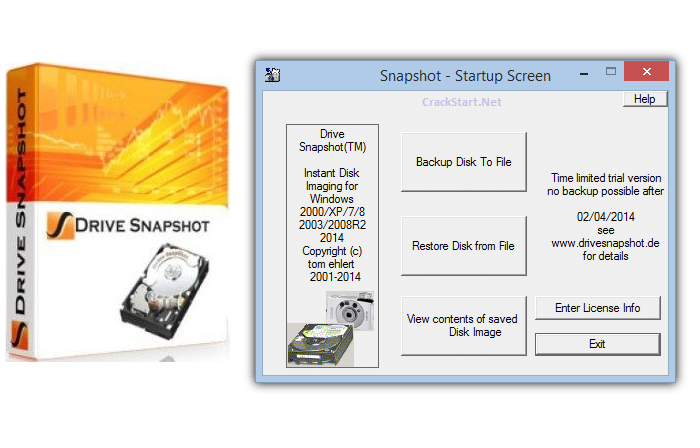

Not all snapshots are based on differencing disks. Snapshots can also be useful for reverting a system back to a previous state if a bad patch has been installed. A storage snapshot can be used for disaster recovery (DR) when information is lost due to human error. Snapshots are generally created for data protection, but they can also be used for testing application software and data mining. Each snapshot taken creates another branch of the tree. Snapshots have parent-child relationships and form a tree. File systems continue to function just as they would on a physical machine. The file system is completely unaware of the existence of a differencing disk. All future write operations are directed to the differencing disk, leaving the original virtual hard disk in an unaltered state. When an administrator creates a storage snapshot, the underlying system creates a differencing disk that's bound to the original virtual hard disk. A differencing disk is a special type of virtual hard disk that's linked to a parent virtual hard disk. Storage snapshots are often based around the use of a differencing disk. A snapshot acts like a detailed table of contents, providing the user with accessible copies of data that they can roll back to. A storage snapshot is a set of reference markers for data at a particular point in time.


 0 kommentar(er)
0 kommentar(er)
